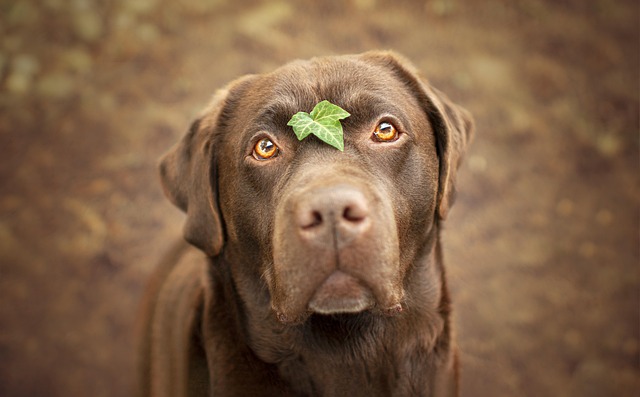
What is glaucoma in a dog?
You might notice your dog squinting more at mealtime or avoiding bright sunlight—these small changes could be early signs of a serious eye condition.
Even healthy-looking dogs sometimes need to skip vaccinations, and knowing when can keep them safe while following local rules. Many areas have strict laws about which shots dogs must get, but those same laws often make exceptions for medical reasons—so always check with your vet to stay compliant. A dog with a weak immune system, like one recovering from surgery or fighting an infection, shouldn’t get vaccinated right away; their body might not handle the vaccine properly, leading to more health issues.
Puppies under a certain age also fall into this category, as their mother’s milk still provides antibodies that can interfere with vaccine effectiveness. Most vets recommend waiting until puppies are around 6 to 8 weeks old before starting their vaccination series, but this can vary based on the breed and local health guidelines. It’s important to note that skipping required vaccines temporarily doesn’t mean ignoring them forever—you’ll need to schedule a follow-up once your puppy is old enough or your dog’s immune system is stronger.

Dogs with a history of severe vaccine reactions are another group that needs caution. If a dog has had symptoms like swelling, difficulty breathing, or vomiting after a previous shot, giving another vaccine without careful planning could be dangerous. In these cases, your vet might suggest allergy testing first or using a different type of vaccine that’s less likely to trigger a reaction. Remember, local animal control laws often require proof of vaccination, so working closely with your vet to find a safe solution keeps you both legal and responsible.
Senior dogs with chronic health conditions, such as kidney disease or cancer, may also need adjusted vaccination schedules. Their bodies might not respond well to full-strength vaccines, so vets often recommend titer tests to check if they still have enough immunity from past shots. If the titer levels are high enough, you might be able to skip a vaccine dose without putting your dog at risk. This approach not only protects your senior dog’s health but also ensures you’re following any state or city laws that govern pet vaccinations.
Always keep in mind that choosing to delay a vaccine should never be a decision you make alone. Your vet knows your dog’s health history, local disease risks, and the specific laws in your area—they’re the best resource for figuring out when a vaccine can wait. Skipping a vaccine without a vet’s approval could leave your dog vulnerable to serious illnesses and might even result in fines or other legal consequences. By working together with your vet, you can keep your dog healthy while staying on the right side of the law.
The goal is to protect your dog’s health while meeting your legal obligations as a pet owner. Knowing when to hold off on vaccinations—whether for a puppy, a sick dog, or a senior with health issues—helps you make smart, responsible choices. Always document any vet recommendations about delayed vaccines, as this paperwork can be useful if local authorities ask for proof of compliance. With the right guidance, you can balance your dog’s well-being with the rules that keep your community safe.

You might notice your dog squinting more at mealtime or avoiding bright sunlight—these small changes could be early signs of a serious eye condition.

Let’s set the scene: It’s a sweltering Phoenix afternoon—105°F outside—and you rushed your 2-year-old Lab mix, Cooper, on a quick walk to “get it over with.”

Let’s get real: You’re in your Miami apartment, watching your 3-year-old Corgi, Loki, struggle to climb the stairs to your second-floor unit.

Many dog owners brush off occasional scratching as just “dog behavior,” but persistent itching often signals something more—like a food allergy.

You might first notice your dog scratching more than usual—chewing at their paws until the fur looks thin, or rubbing their face against the couch nonstop.

Let’s be real: You’re standing in your Chicago apartment, watching your 3-year-old Beagle, Max, huff and puff just to climb onto the couch.